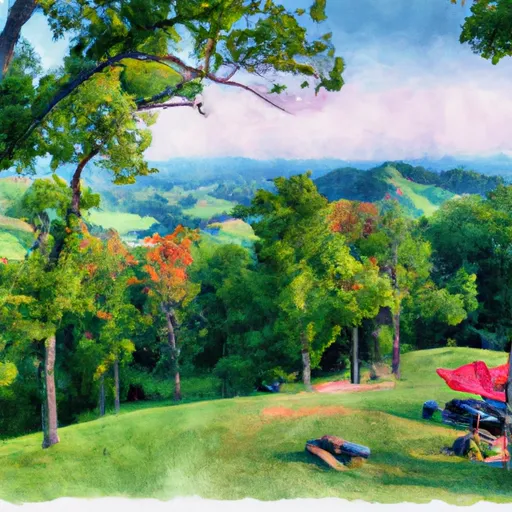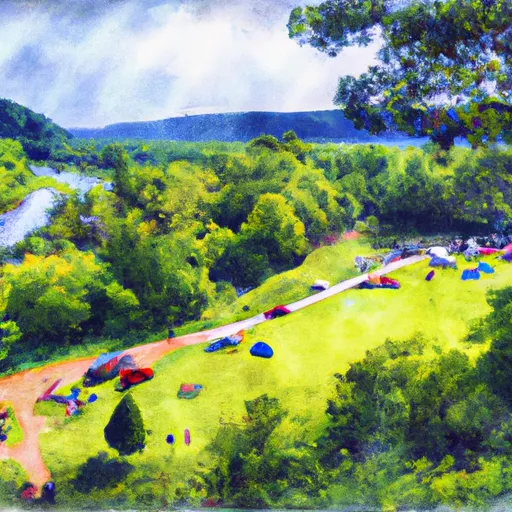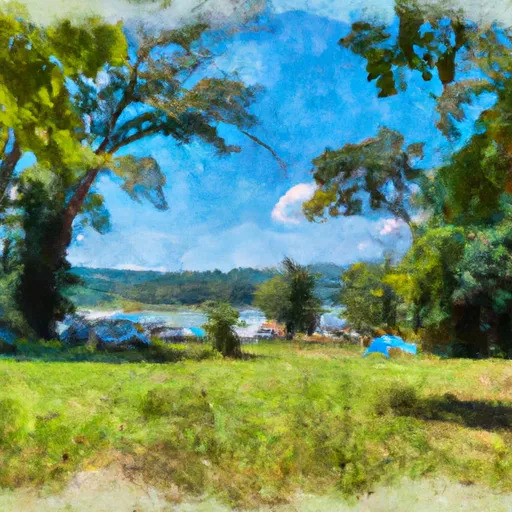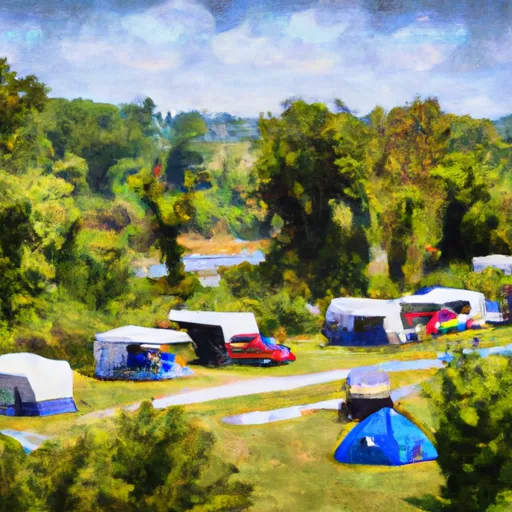Summary
The most prevalent fish species in this area are largemouth bass, bluegill, and catfish, making it a great spot for both experienced and novice anglers.
Aside from fishing, there are several other nearby activities available, including hiking, camping, and birdwatching. The area is also home to several beautiful lakes and rivers, providing ample opportunities for boating and water sports.
When fishing at Ramey Creek, anglers should focus on using live baits such as worms, minnows, or crickets, as these tend to be the most effective in attracting fish. Additionally, fishing during early morning or late evening hours can increase your chances of catching a big one.
The best time of year to visit Ramey Creek Fishing Site is during the spring and fall months, when the average temperatures range from 50-70 degrees Fahrenheit. During these times, the fish tend to be more active and abundant, making it easier to catch a variety of species.
Overall, Ramey Creek Fishing Site is a beautiful and diverse fishing location that offers something for everyone. Whether you're an experienced angler or just starting out, this area is worth a visit.
Weather Forecast
Nearby Streamflow Levels
Angling Safety Guidelines
Check local fishing rules, seasons, size limits, and license requirements to ensure legal and sustainable angling.
Handle Fish Responsibly
Use wet hands, minimize air exposure, and release fish gently to improve survival rates when practicing catch-and-release.
Choose the Right Gear
Match your rod, line, and tackle to the species and conditions to increase success and reduce unnecessary harm to fish.
Respect the Waterway
Avoid disturbing habitat, prevent bank erosion, and keep a safe distance from spawning areas to protect ecosystems.
Keep It Clean
Pack out all line, hooks, bait containers, and trash—discarded gear can injure wildlife and degrade waterways.
Related Links
Area Campgrounds
| Location | Reservations | Toilets |
|---|---|---|
 Twin Knobs Rec Area
Twin Knobs Rec Area
|
||
 Zilpo Rec Area
Zilpo Rec Area
|
||
 Clay Lick - DFWR
Clay Lick - DFWR
|
||
 Zilpo Recreation Area
Zilpo Recreation Area
|
||
 Claylick Boat-in Campground
Claylick Boat-in Campground
|
||
 Boat Gunnel Group Campground
Boat Gunnel Group Campground
|

 Windy Bay Fishing Site
Windy Bay Fishing Site
 Muskie Bend Fishing Site
Muskie Bend Fishing Site
 Shallow Flats Wildlife Viewing Area
Shallow Flats Wildlife Viewing Area






 Cave Run Dam
Cave Run Dam
 Warix Run Boat Dock Road Rowan County
Warix Run Boat Dock Road Rowan County